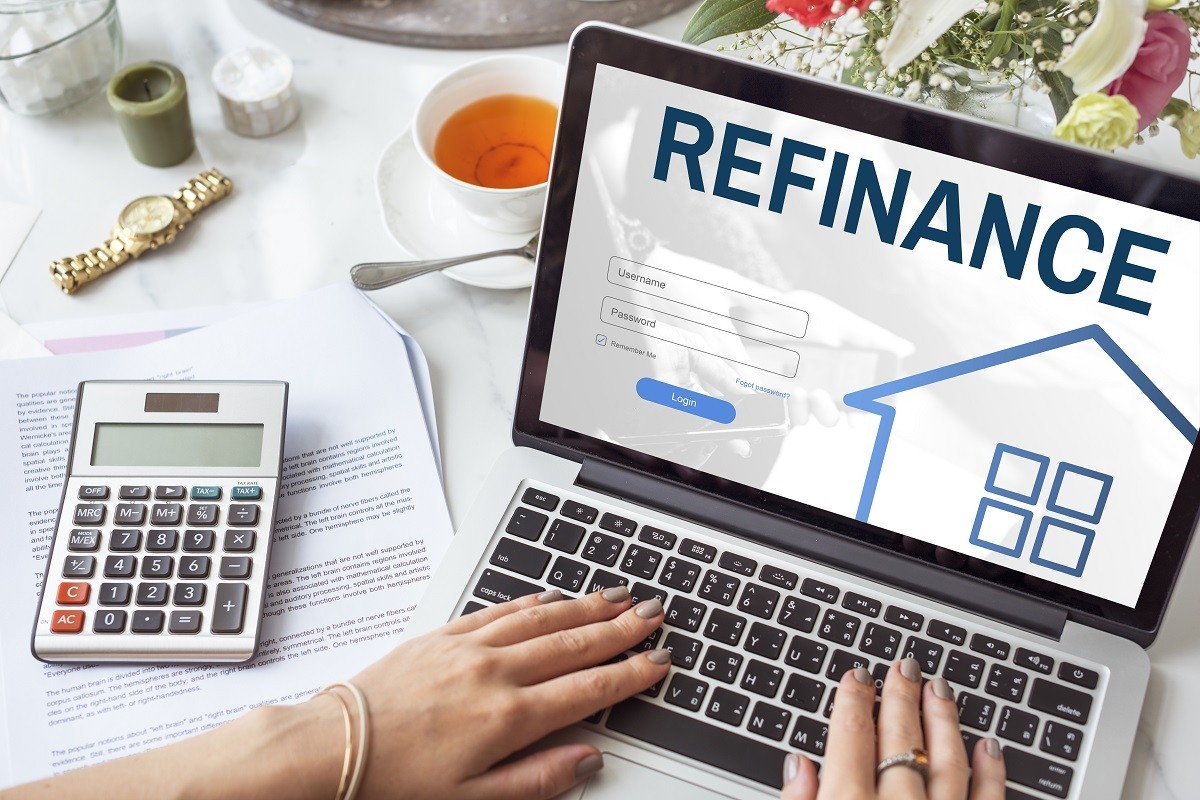A Principal and Interest home loan is a mortgage designed to allow you to pay off the amount you borrow by the end of the loan term. The objective is that the borrower will eventually repay the debt and own the property outright.
Principal and Interest repayments can apply to home loans with either a variable or a fixed interest rate. The term relates primarily to the way the loan repayments are calculated.
How are Principal and Interest payments calculated?
When your home loan repayments are calculated, lenders use an algorithm known as amortisation. The amount of money you borrow needs to be repaid, along with any interest costs that are charged on the outstanding loan balance.
In order to ensure the balance of the loan is paid off by the end of the loan term and the lender receives the interest due on the home loan, each monthly payment is calculated to include both components. A portion of each home loan repayment goes towards paying the interest charges and the remaining amount goes towards paying down the loan balance a little.
The actual ratio of principal to interest components in each repayment changes, depending on the outstanding balance owing on the remaining loan. For example, at the beginning of the loan term, the majority of each monthly payment is allocated to covering the interest due, with a smaller amount put towards reducing the balance.
By the end of the loan term, the ratio reverses so that a larger portion of each payment pays down the balance each month with less going towards interest charges. This is because the outstanding balance is much lower, so the interest charged is also lower. The banks use this method to ensure they get paid the interest at the front end of the loan.
Principal and Interest vs. Interest Only
By comparison, an Interest Only home loan is one where the borrower only repays the interest charges accrued on the loan balance each month. The minimum amount required to be paid does not reduce the outstanding balance at all.
Some property investors choose to set their investment mortgage repayments to Interest Only payments because only the interest payments on their investment loan are tax deductable.
Most lenders only allow a borrower to remain on Interest Only payments for a certain period of time. After a while, the repayments will revert to Principal and Interest repayments. The most common term is 5 years for Interest Only repayments.
If the home loan has remained on Interest Only repayments for a period of time, the amortisation calculations will need to factor in a higher principal component in order to ensure the balance is paid off by the end of the loan term.
For example, if you set repayments on a 30 year home loan to Interest Only payments for the first five years, the loan will revert to Principal and Interest payments for the remaining 25 years. As the amount borrowed needs to be repaid, the new repayments will factor in a higher principal component each month.
Benefits of a Principal and Interest home loan
Principal and Interest repayments allow you to begin repaying your home loan and heading towards outright home ownership. Each payment made pays a little more off the amount owed.
Some people choose to pay off their mortgage in weekly or fortnightly instalments. This could result in paying off your home loan more quickly, depending on how the bank calculates the minimum payments required.
For assistance with working out which home loan option is most suitable for your situation, call (08) 83 600 200 and speak to an Assured Home Loans consultant.
This article provides general information which is current as at the time of production. The information contained in this communication does not constitute advice and should not be relied upon as such as it does not take into account your personal circumstances or needs. Professional advice should be sought prior to any action being taken in reliance on any of the information.


